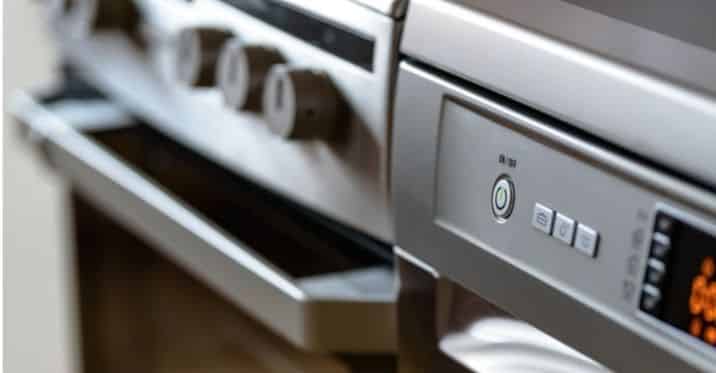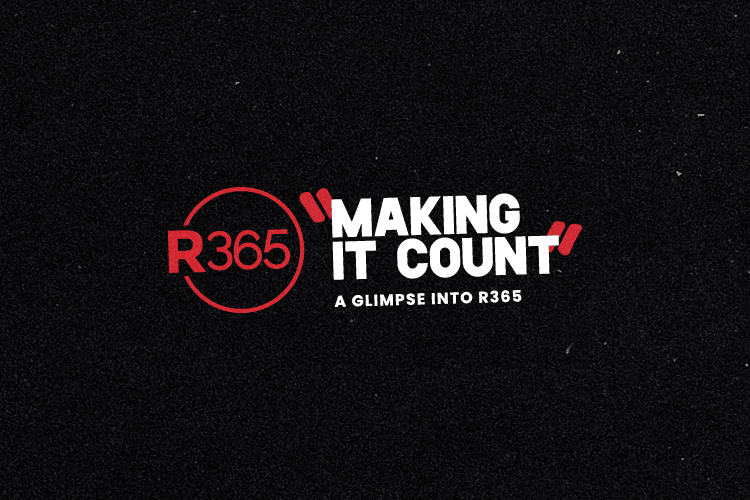If you’re a fixed asset accountant who manages multiple locations, the following challenges may sound familiar.
- Paper invoices are not routed to the appropriate approvers or categorized correctly.
- You can’t accurately calculate depreciation expense with missing information.
- You struggle through end-of-year audits trying to reconcile fixed asset additions and retirements while checking to ensure you’re not inflating the balance sheet.
Understanding true lifecycle
Fixed asset accountants need insight into what’s getting replaced throughout the year plus all the details and costs associated with the replacements. In addition to fast and easy access to invoices, they also need rich data to understand the true lifecycle of each piece of equipment.
Without knowing true equipment lifecycle, there’s a strong possibility that depreciation schedules are inaccurate. One could assume it’s seven years, but in reality, it’s only four years. Without adjusting the amortization, the balance sheet can become inflated or major asset write offs are required upon retirement. The problem can compound each year, triggering dreaded end-of-year audits.
It’s common for fixed-asset accountants to set a depreciation schedule and move on because:
- It’s easier to set the policy and follow it.
- They’re estimating the value of the entire equipment package versus each piece of equipment.
Don’t set it and forget it
Setting depreciation schedules once and not verifying them can raise some red flags that indicate the numbers are off.
Are your gross fixed asset values increasing over time? If you’re not adding locations, they shouldn’t be. You should be writing off old equipment that is being replaced. Typically, you’re not adding more and more equipment so continuous addition or growth in value of your assets should trigger a question or a red flag.
The right process for setting accurate depreciation values entails constantly evaluating:
- Equipment to make sure nothing should be retired
- Equipment lifecycle to make sure they’re accurate
Facility management software can help by providing the information at your fingertips. When evaluating an asset, facility and asset management software can help reveal true costs by providing:Make, model and serial number
- Initial asset gross value
- Repair and maintenance spend over time
The data reveals the total cost of the asset during its lifecycle.
Improved workflow and visibility: Seeing asset activity in real time and organized semantically saves time digging for the information.Capital projections based on lifecycles: For example, if you have 30 fixed assets that are scheduled for replacement this year, based on the estimated replacement costs, facility management software can help you calculate what your cash impact could look like in the coming year.
Proper coding: Review and approve invoices as capital expenses before reconciling month end. Review the proposal approval workflow to ensure assets are coded properly to help properly account for taxable expenses.
Intuitive tools: The tools are simple to use. A junior fixed asset accountant can be as successful as a seasoned accountant who has been evaluating fixed assets for years.
About Ecotrak
Ecotrak is the leading computerized maintenance management system (CMMS). Businesses of every size — from franchises to public companies — use Ecotrak software to track assets and manage their facilities online.



